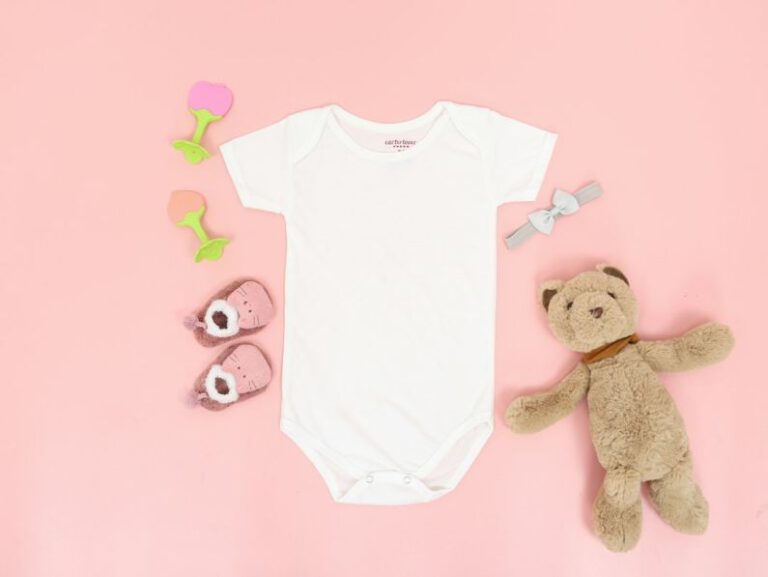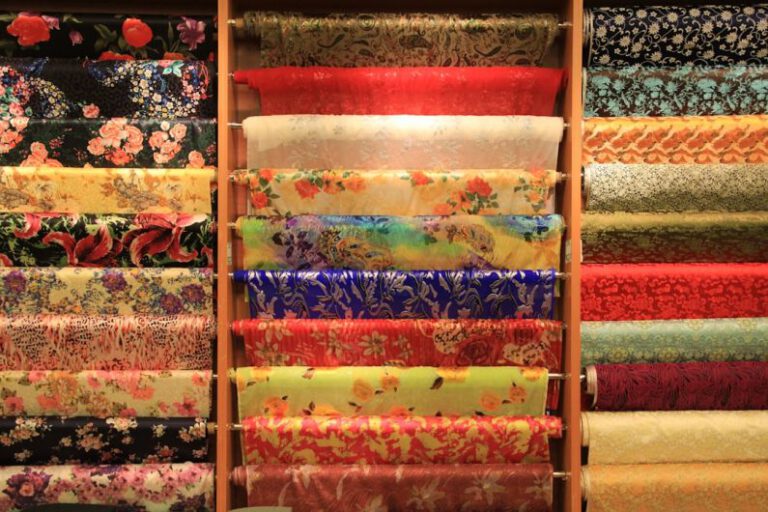Storing Children’s Clothing for Future Use
As children grow, their clothing sizes change rapidly. This often leaves parents with a pile of outgrown clothes that they aren’t quite ready to part with. Whether it’s sentimental value or the hope of passing these clothes down to younger siblings or future generations, storing children’s clothing for future use is a common practice. However, improper storage can lead to damaged or unusable clothing. In this article, we will explore some tips and tricks for effectively storing children’s clothing for future use.
Clean and Organize
Before storing any clothing, it’s important to wash and thoroughly dry them. This removes any dirt, stains, or odors that may attract pests or cause damage over time. Make sure to follow the care instructions on the labels to prevent shrinking or fading.
Once the clothes are clean, the next step is to organize them. Sort the clothing by size and season, as this will make it easier to locate specific items when needed. You can use plastic bins, vacuum-sealed bags, or storage boxes to keep the clothes protected and organized. Be sure to label each container with the appropriate size and season for easy identification later on.
Consider Climate Control
Extreme temperatures and humidity can have a detrimental effect on stored clothing. Ideally, you should store children’s clothing in a cool, dry, and dark location. Avoid basements or attics, as these areas tend to have fluctuating temperatures and higher humidity levels. Instead, opt for a closet or under-bed storage, where the temperature and humidity can be controlled more effectively.
Use Acid-Free Tissue Paper
To further protect delicate fabrics and prevent creasing, consider using acid-free tissue paper. This thin, lightweight paper can be placed between each garment to provide a barrier and reduce friction. Acid-free tissue paper is readily available at craft stores or online, and it’s a small investment that can go a long way in preserving the quality of the stored clothing.
Avoid Plastic Bags
While plastic bags may seem like a convenient option for storing clothing, they can actually do more harm than good. Plastic bags can trap moisture and promote the growth of mold and mildew, leading to unpleasant odors and potential damage. Instead, opt for breathable storage solutions like cotton or muslin bags, which allow air to circulate while keeping the clothes protected.
Inspect Regularly
Even when stored properly, it’s important to periodically inspect the clothing for any signs of damage or pests. Check for any stains, holes, or loose threads that may have appeared during storage. Additionally, keep an eye out for any signs of pests such as moths or silverfish, as these can cause irreparable damage to the clothing. Catching these issues early on can prevent further deterioration and allow for necessary repairs or cleaning.
Passing Down the Clothing
If the goal is to pass down the stored clothing to younger siblings or future generations, it’s essential to review and update the storage regularly. As children grow, their clothing preferences and sizes may change, so it’s important to remove any items that are no longer suitable or in good condition.
Conclusion: Preserving Memories
Storing children’s clothing for future use is not only a practical choice but also a way to preserve memories and sentimental value. By following these tips and tricks, you can ensure that the clothing remains in excellent condition and ready to be enjoyed by future generations. So, take the time to clean, organize, and properly store these precious items, and you’ll be rewarded with a treasure trove of memories when the time comes.






